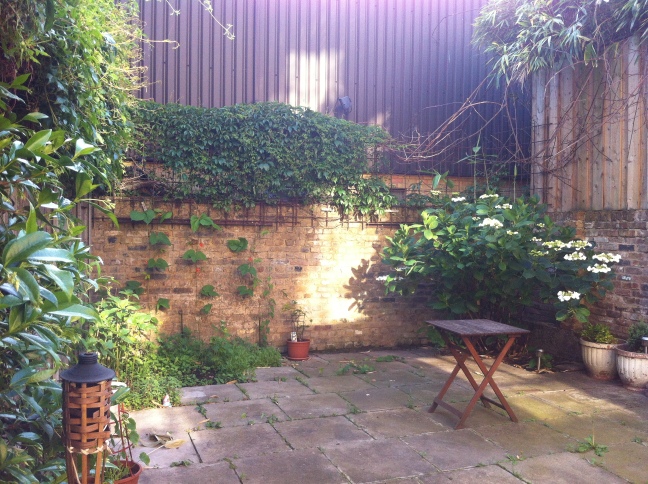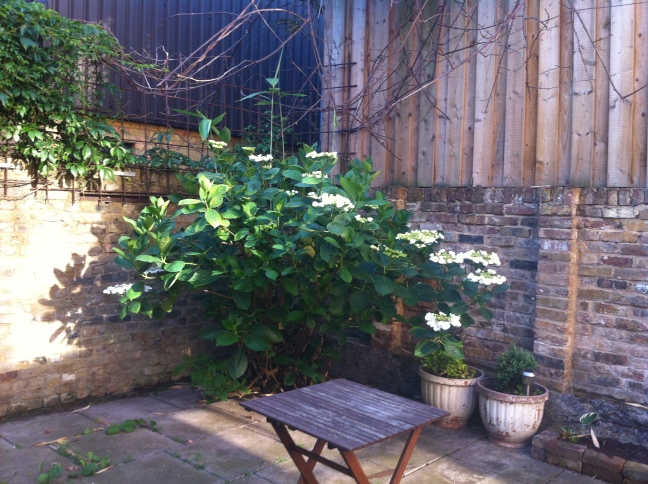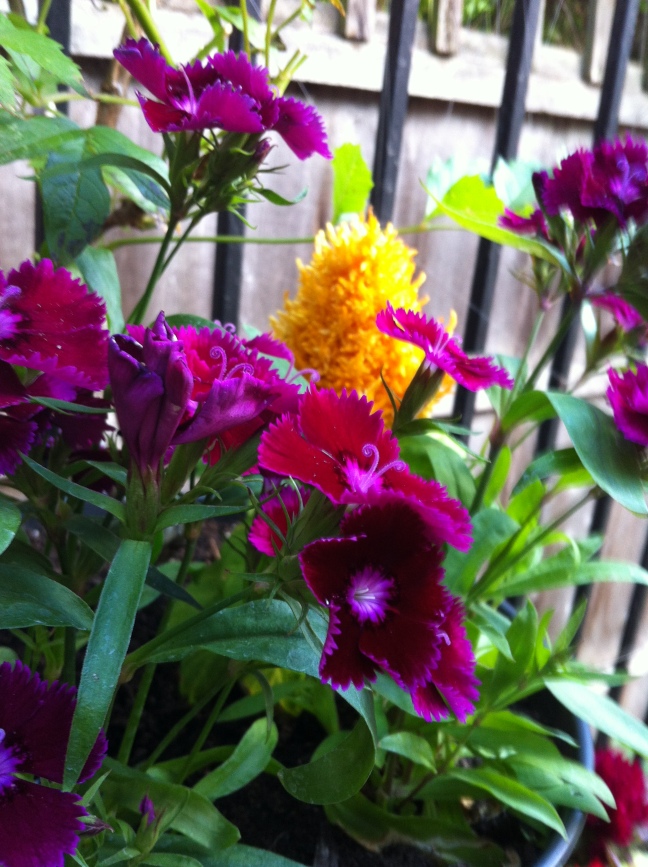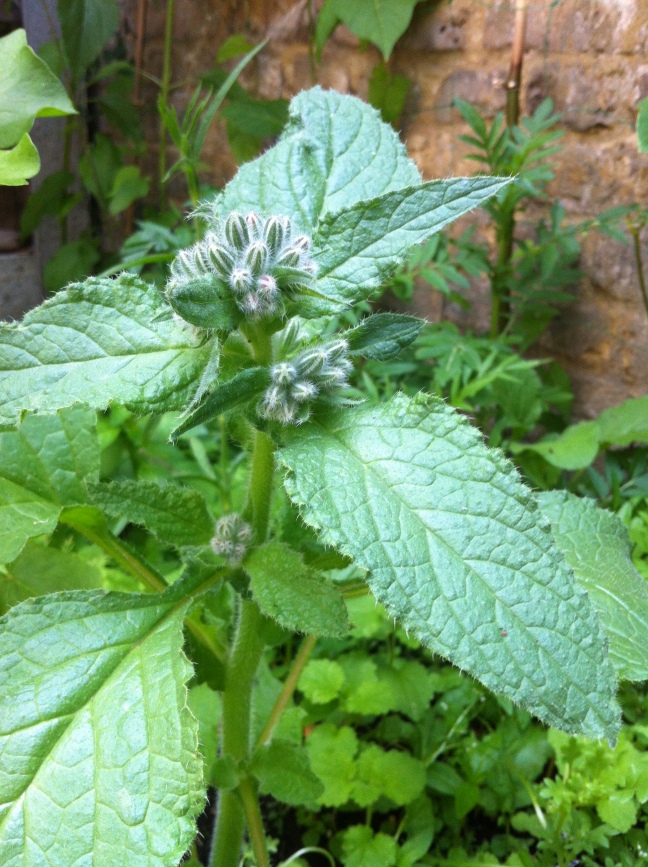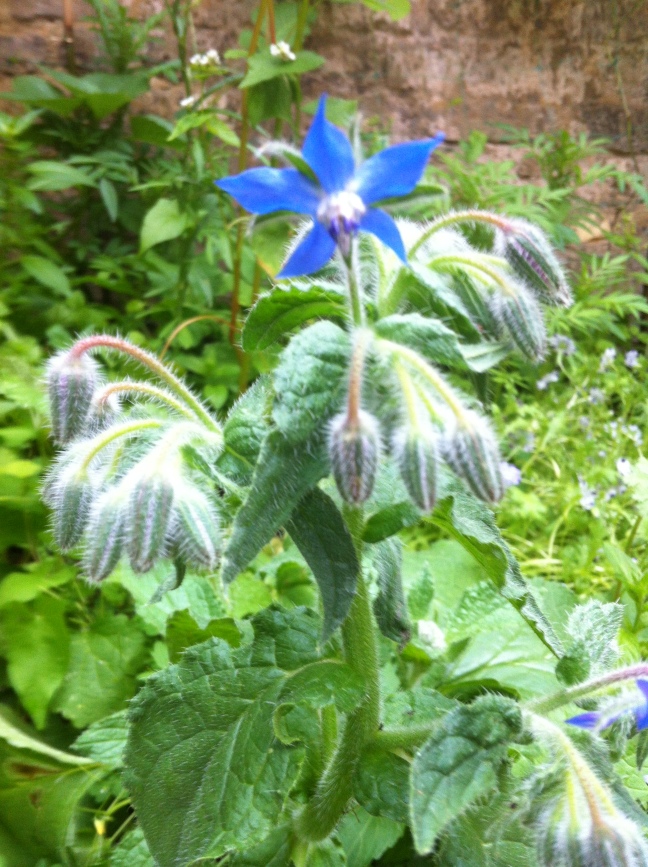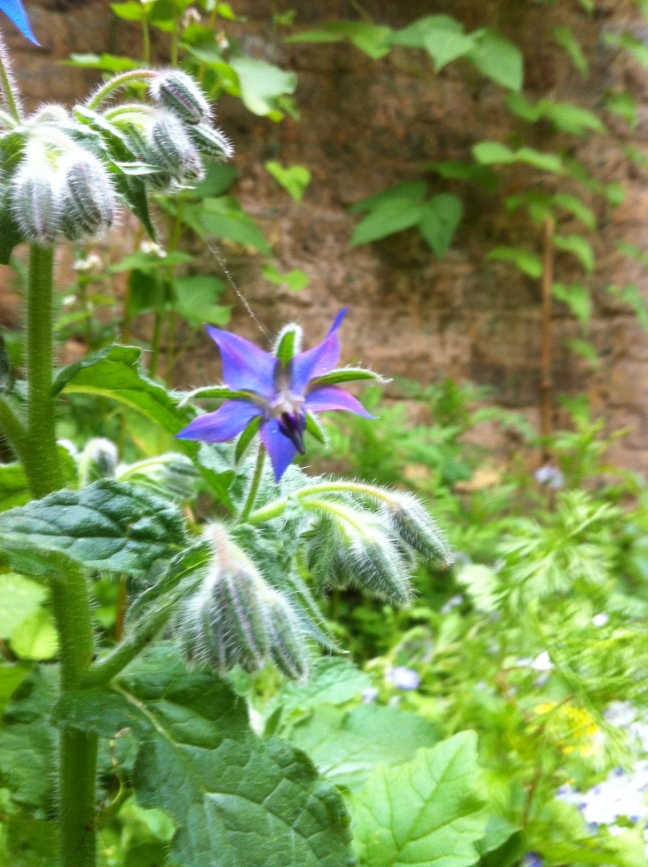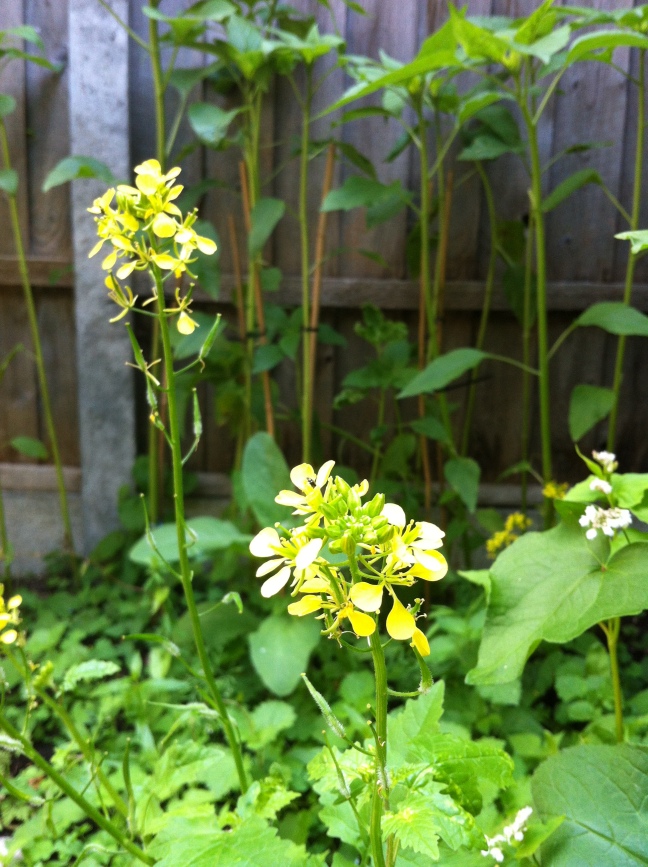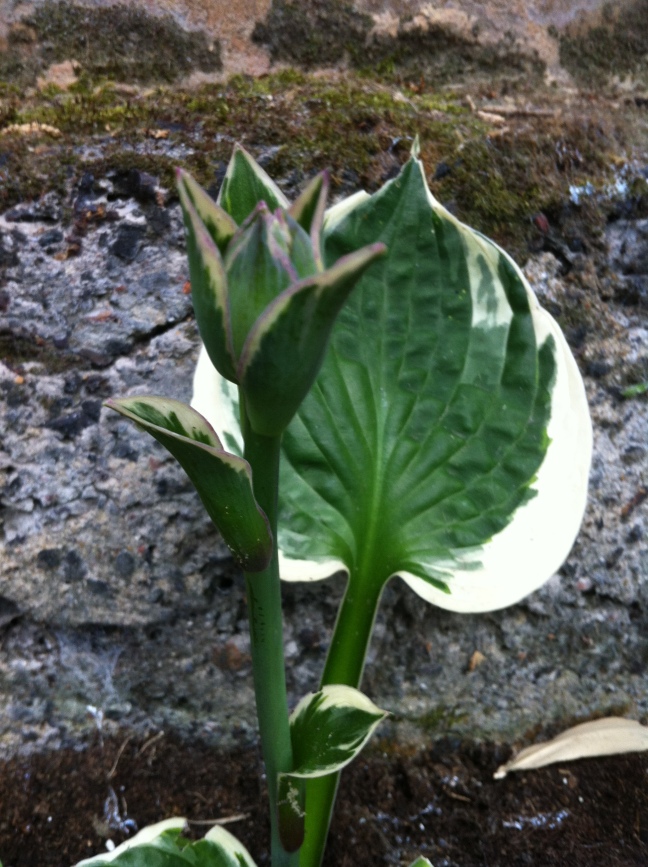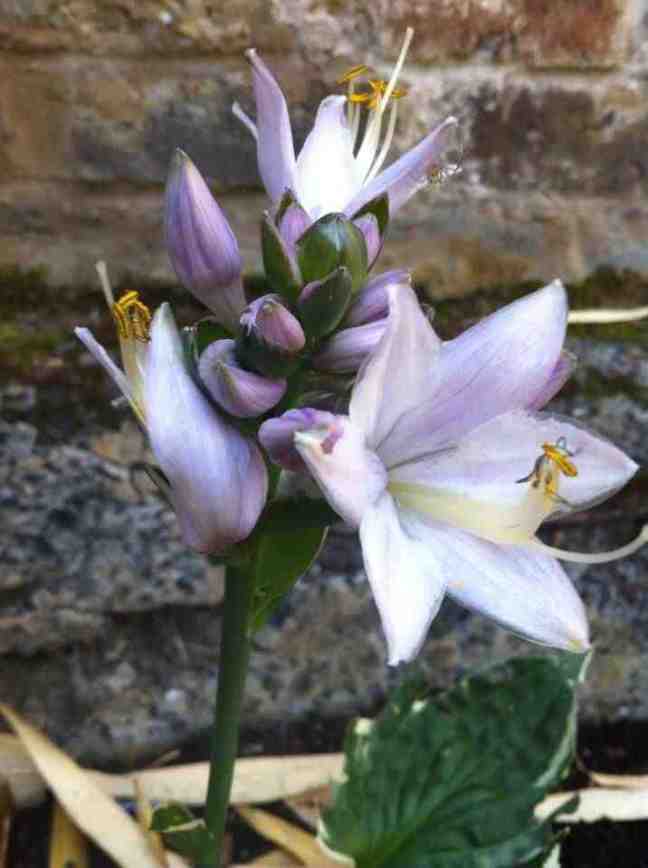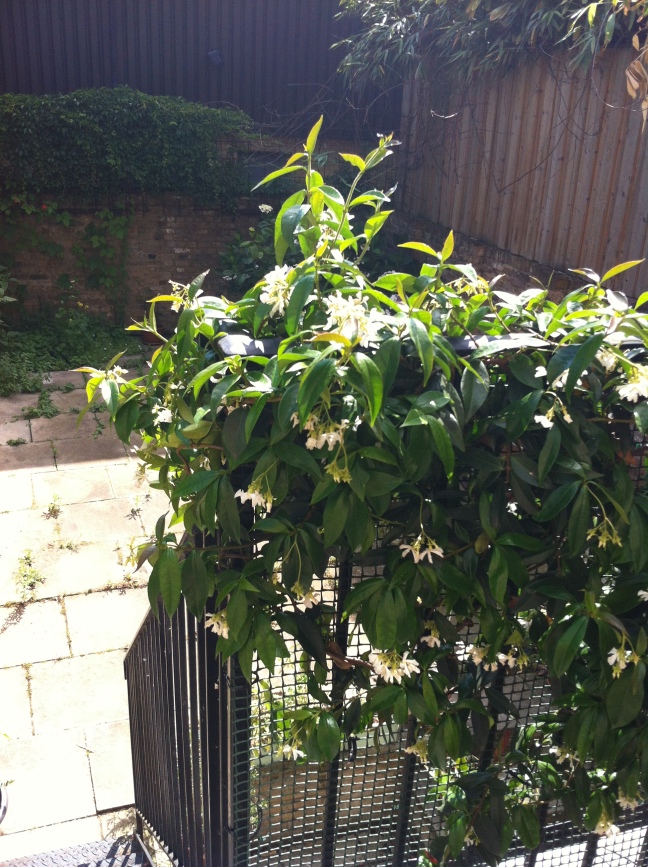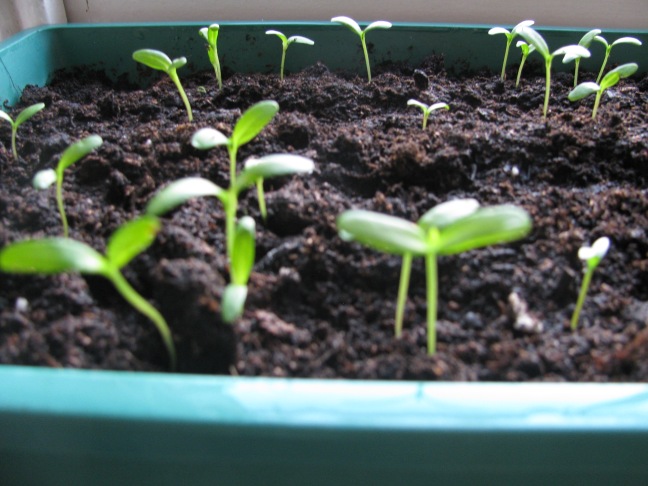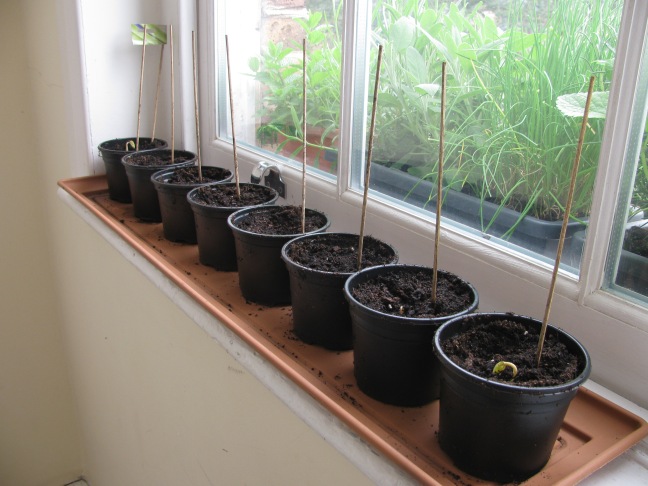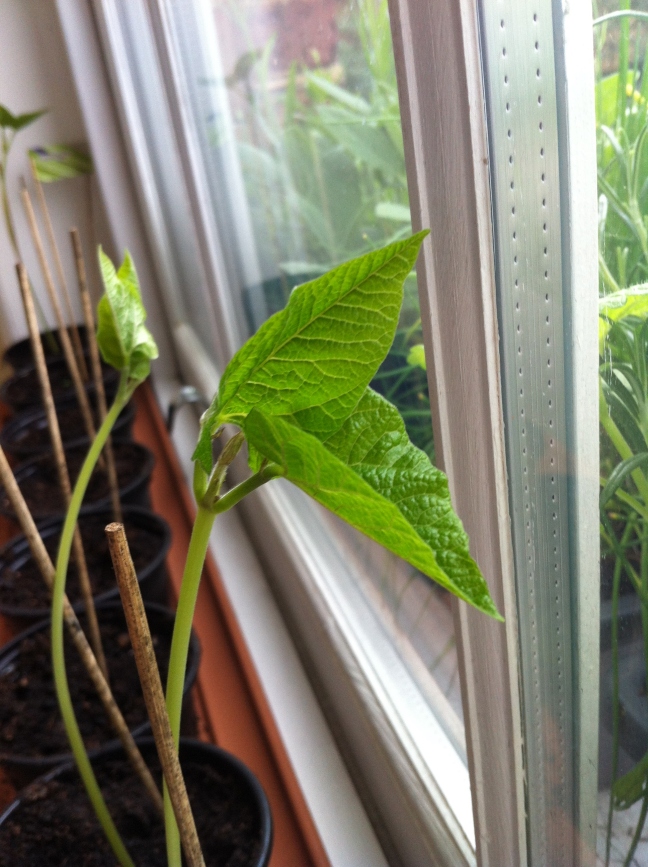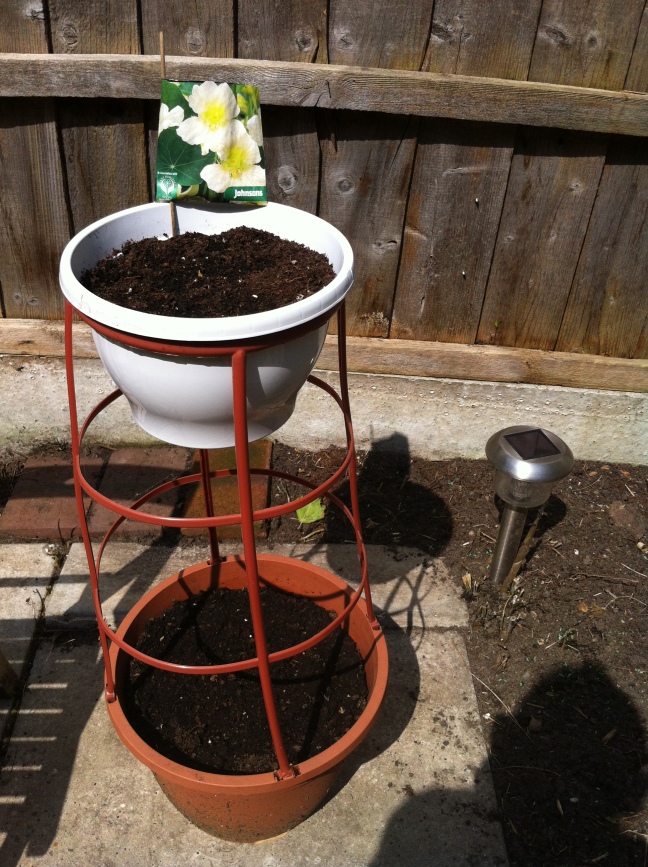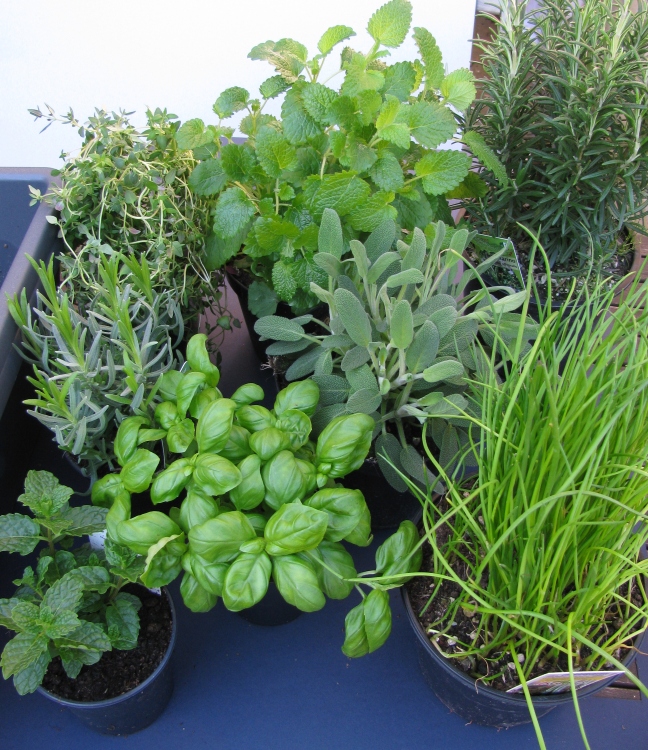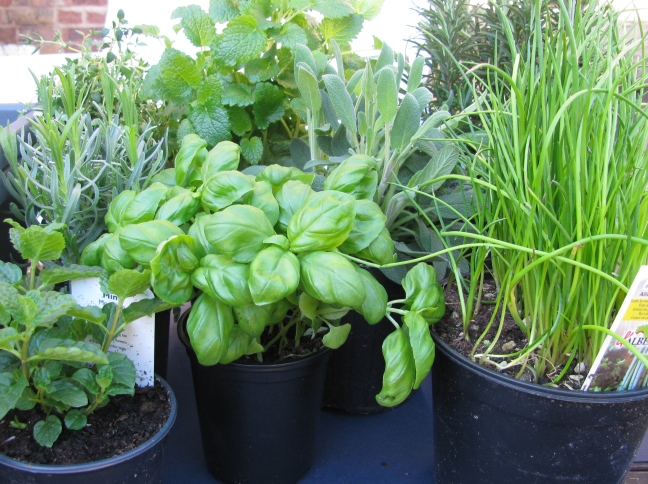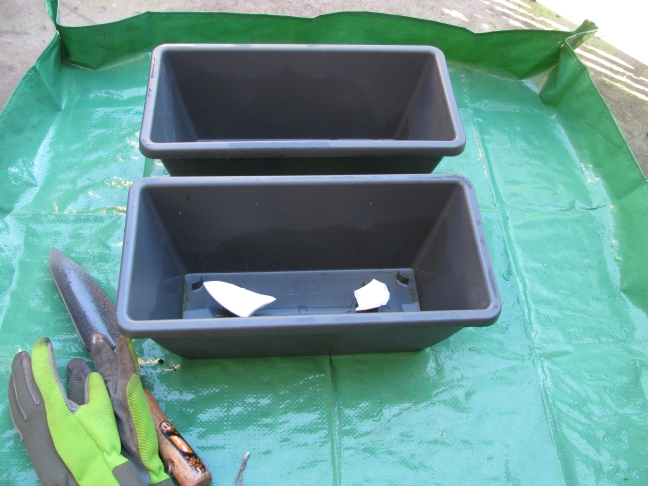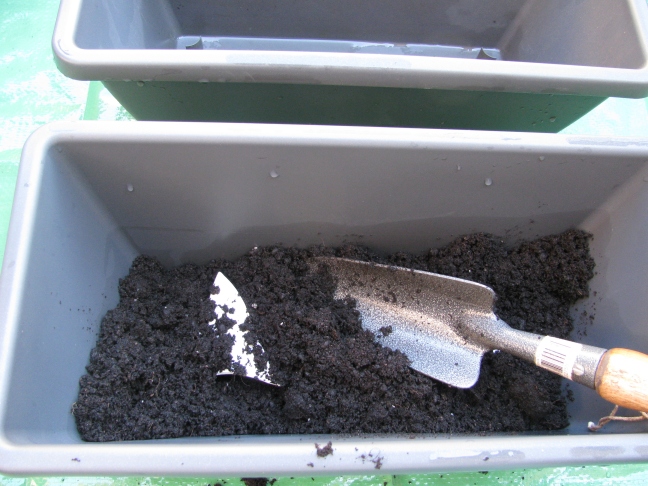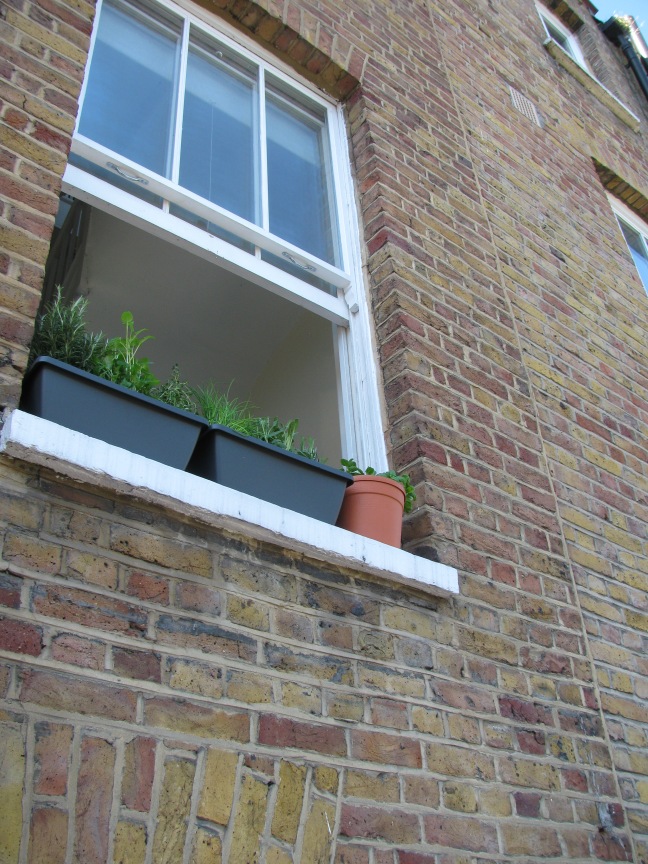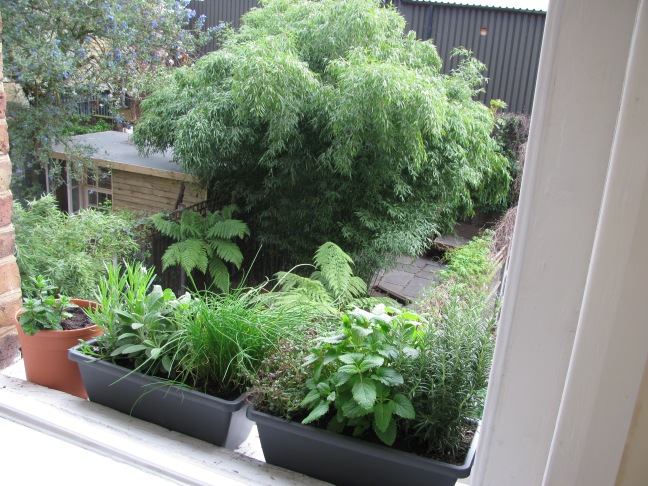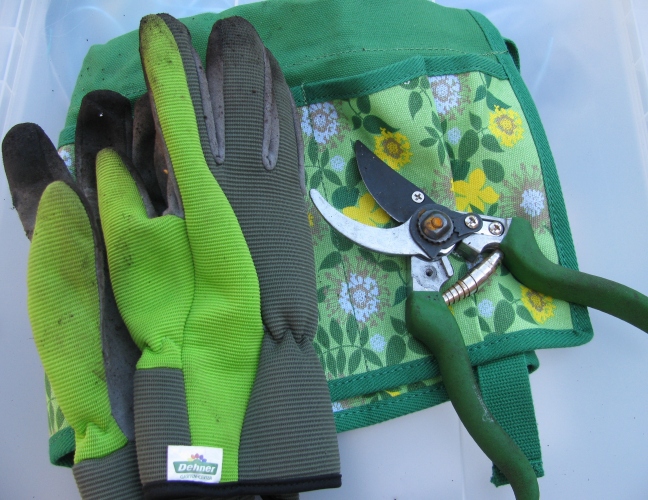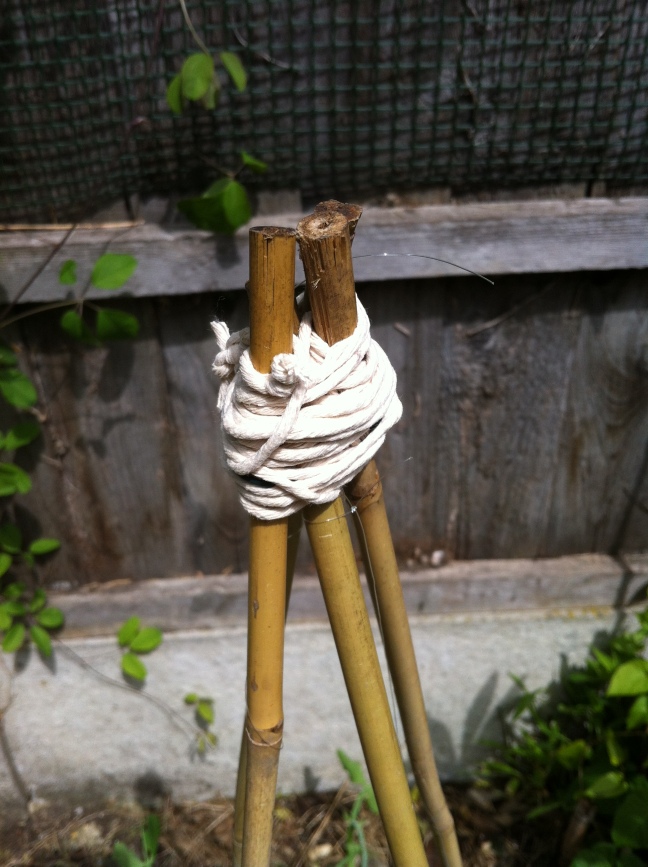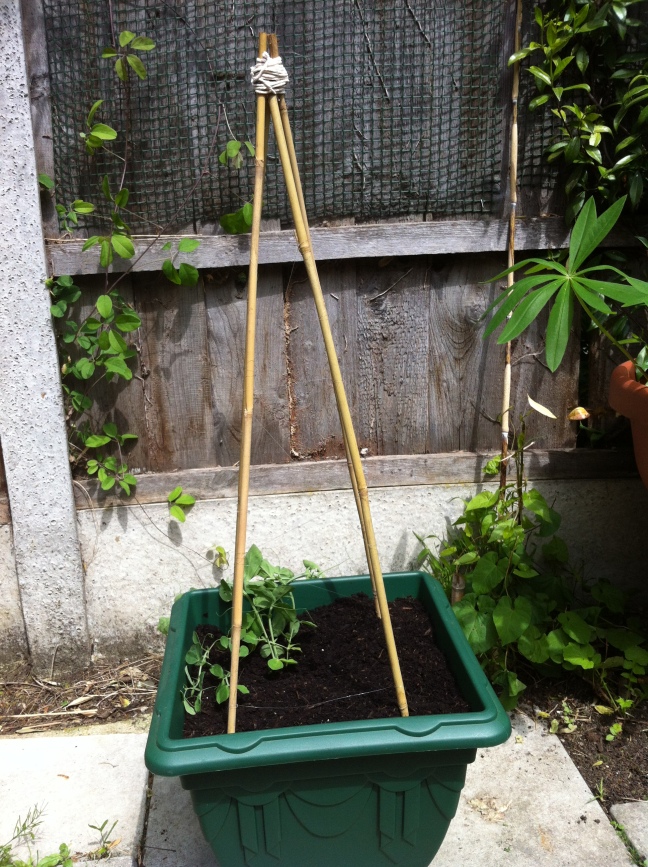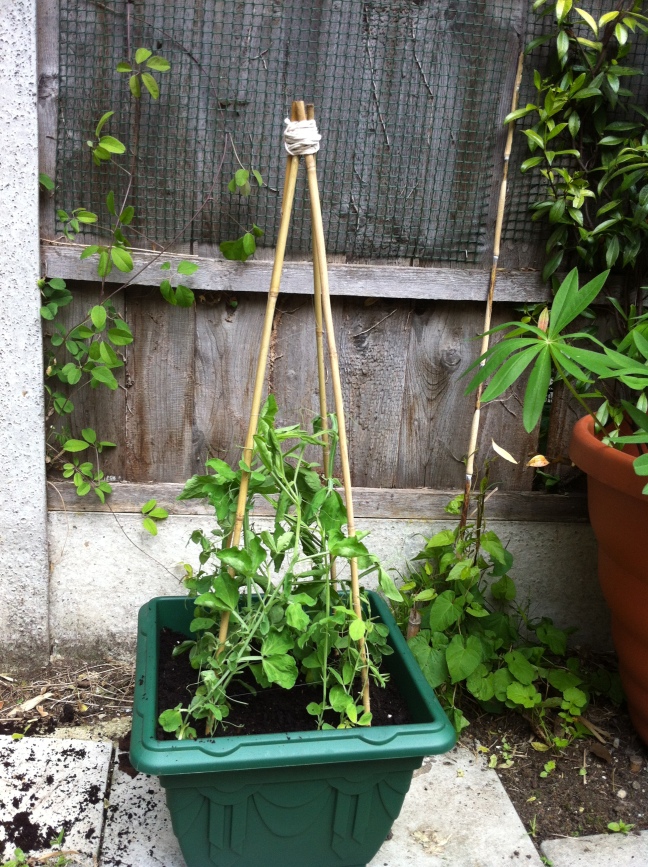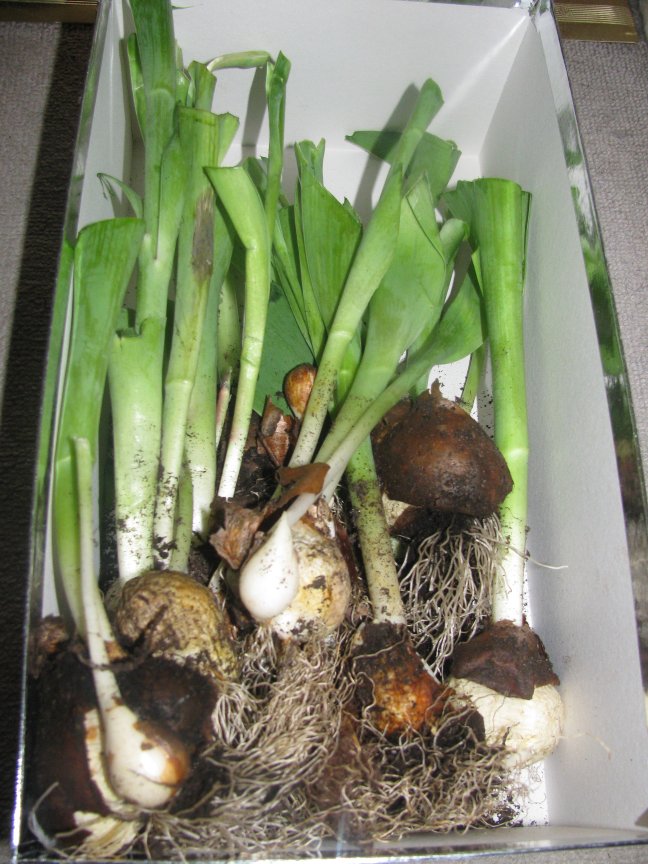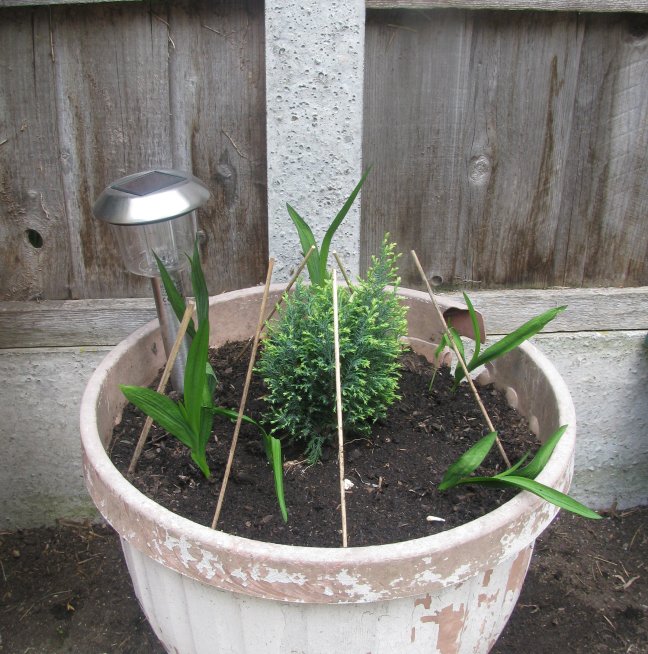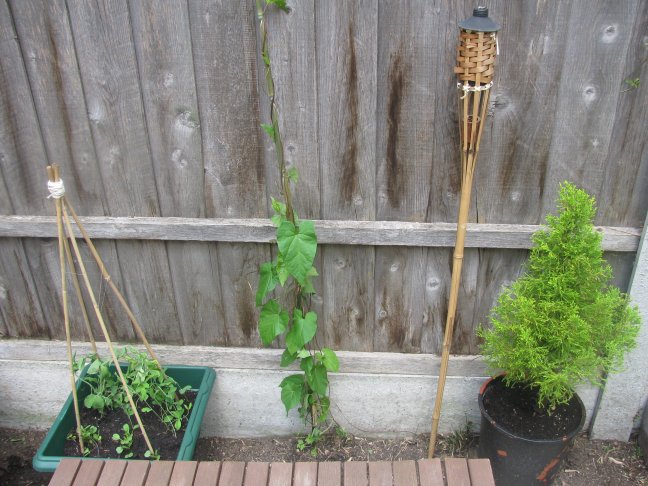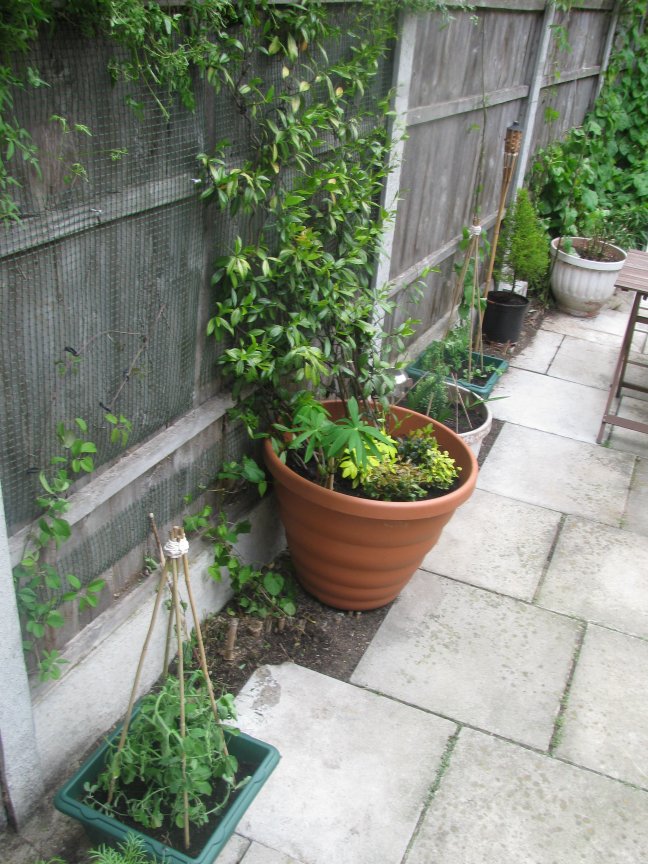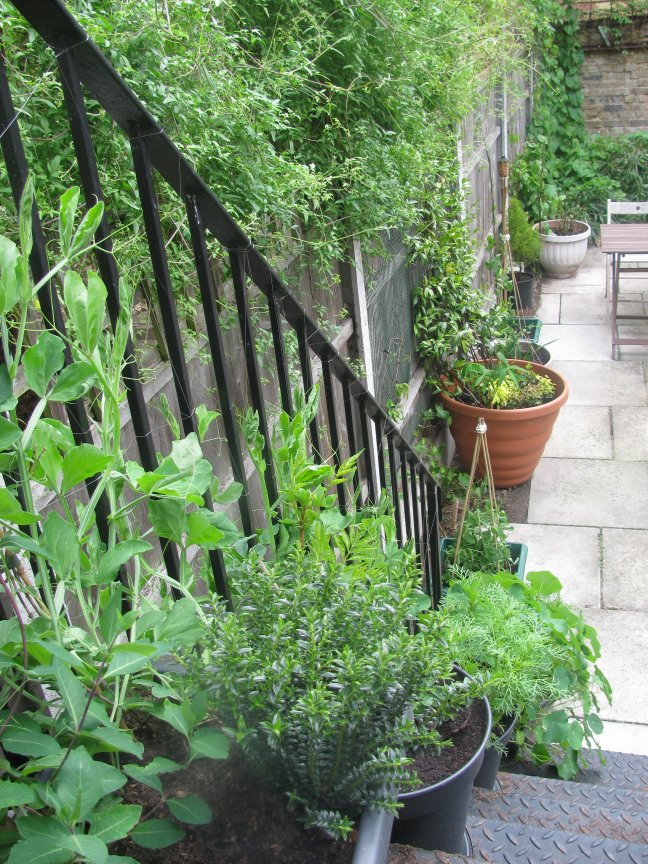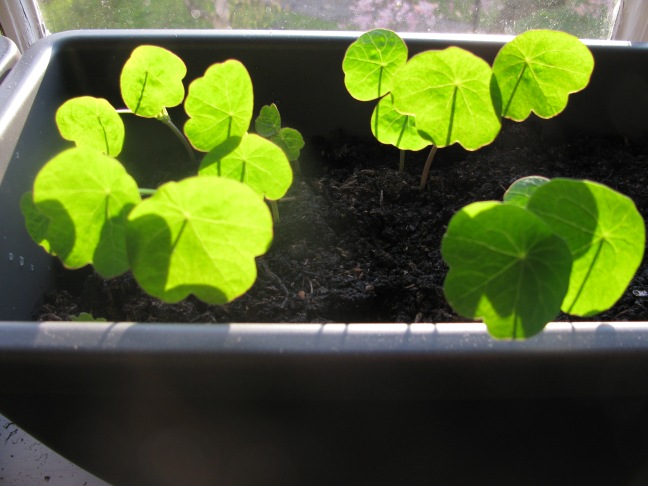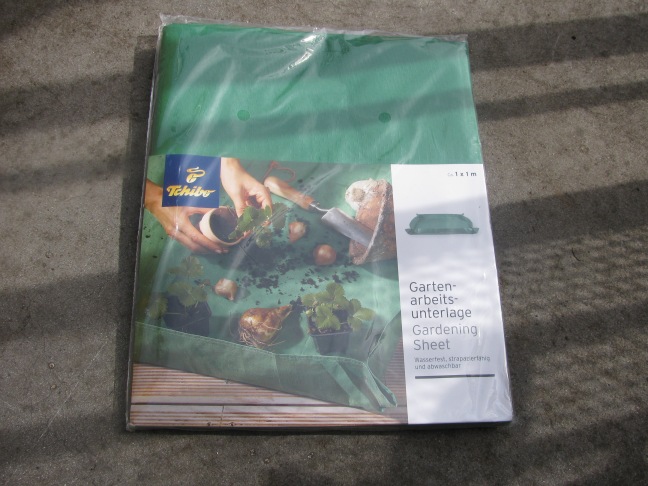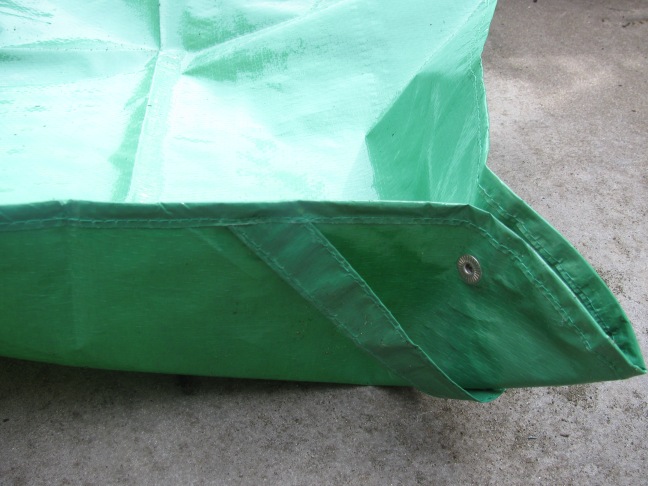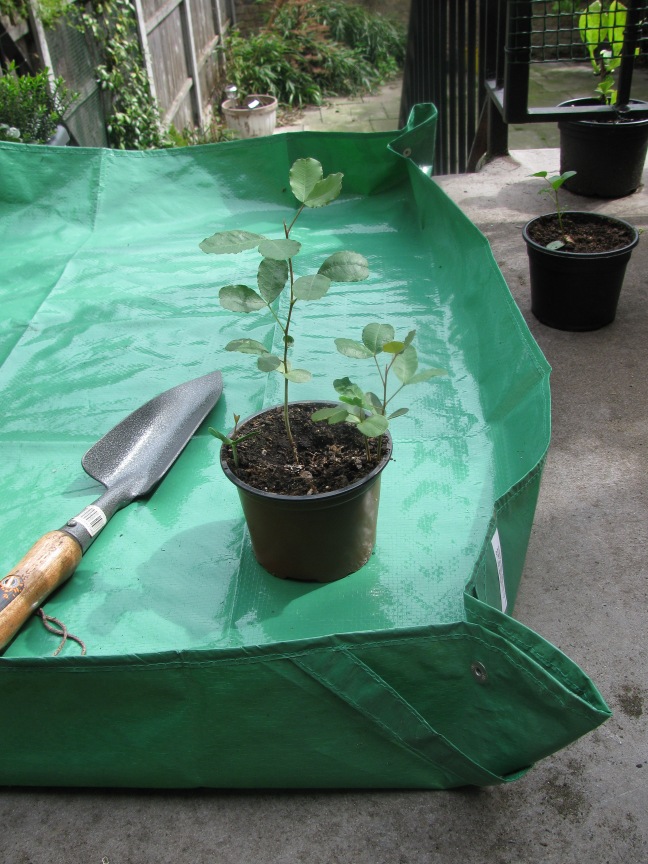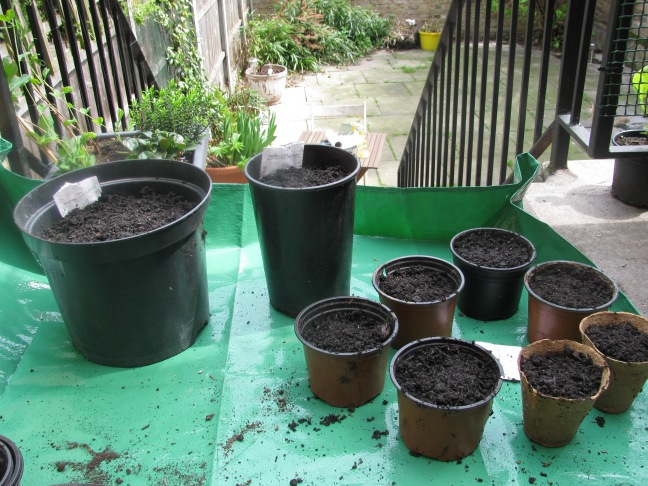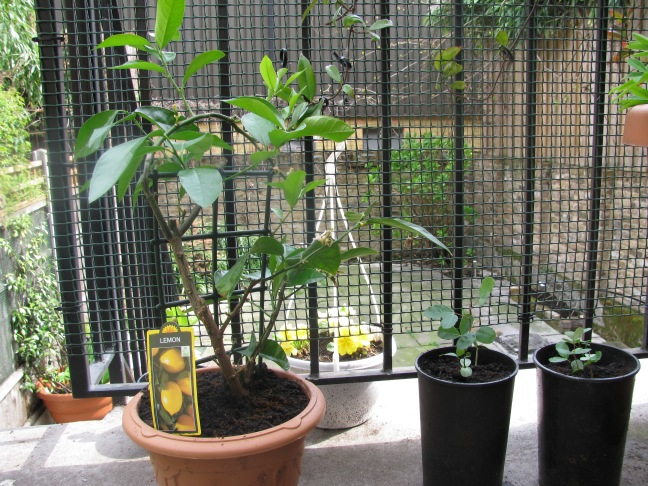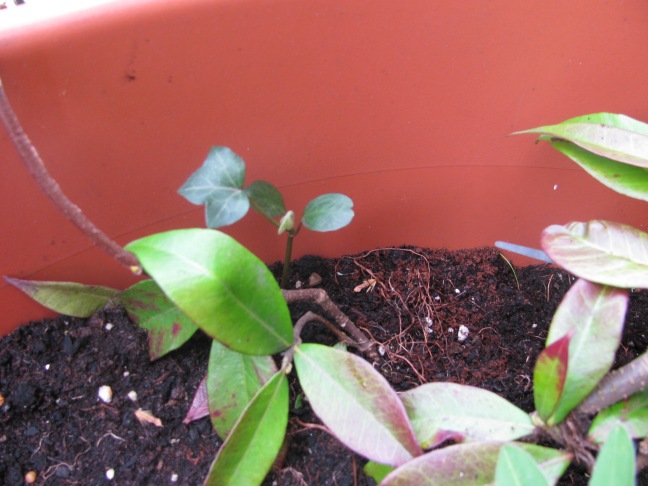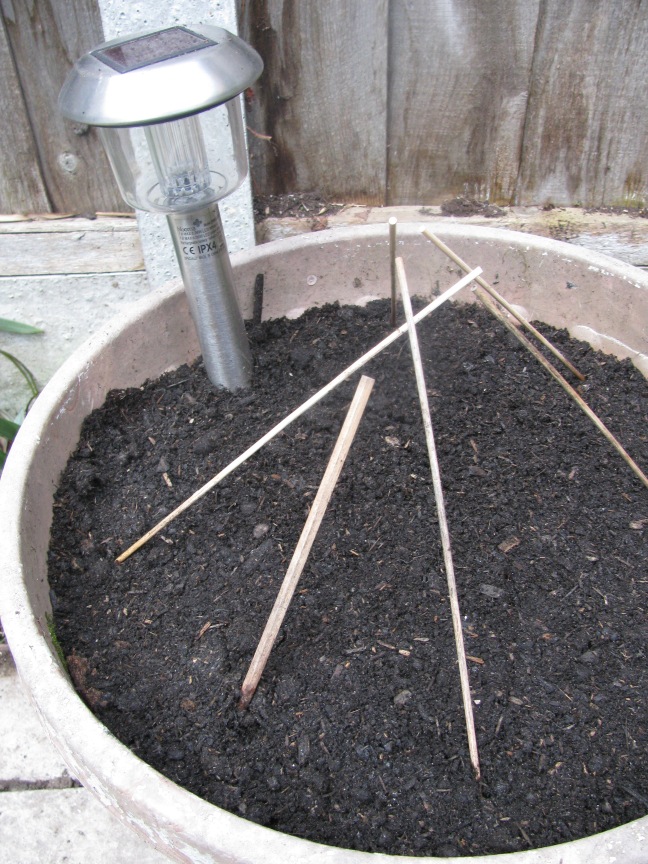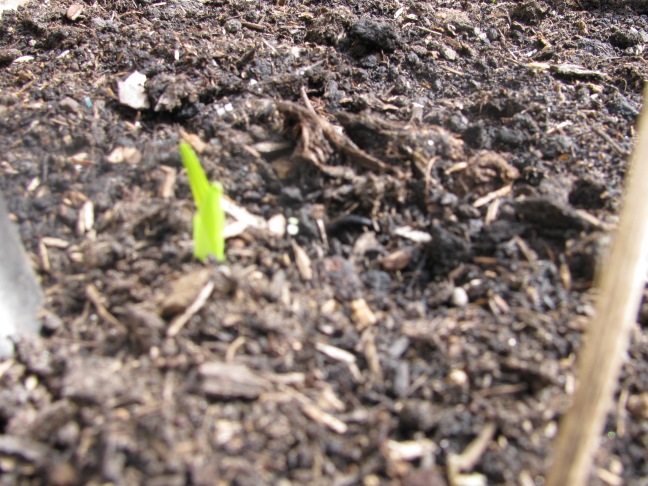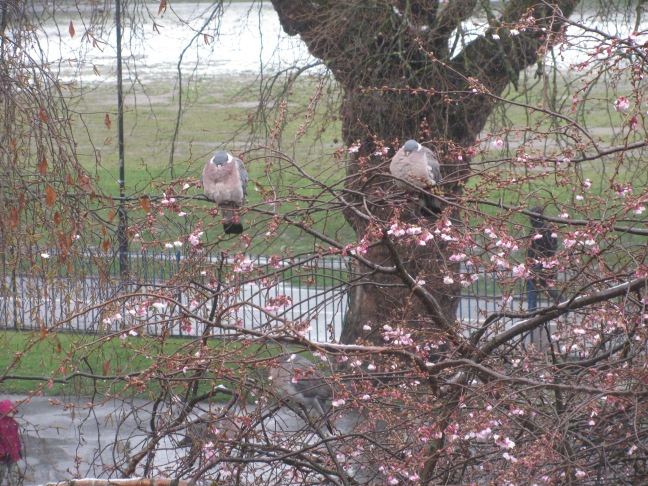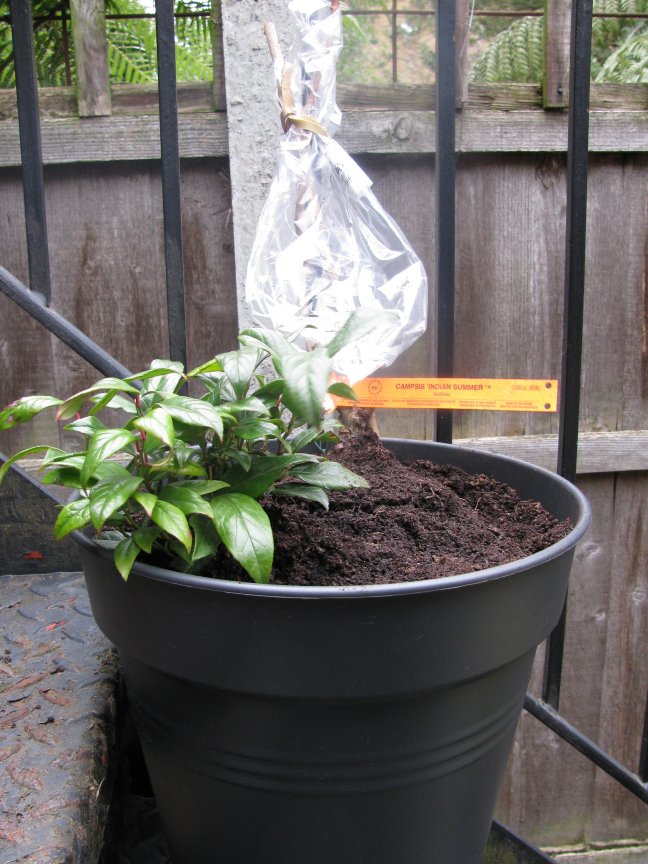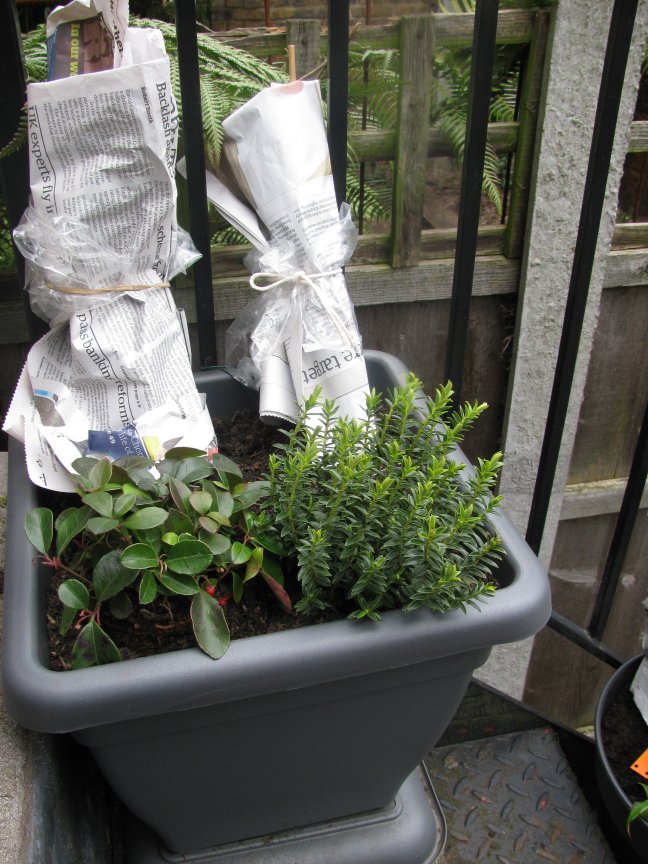Just in time for Women’s day – here is a classic recipe for the delicious Italian mimosa cake.
It is usually prepared for Women’s day on 8th of March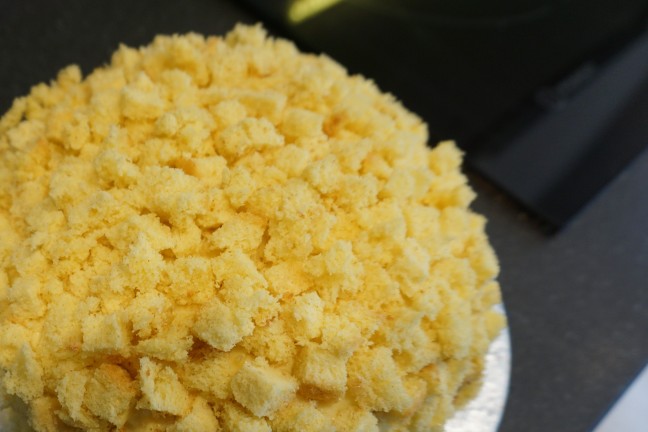
The name of the cake is due to its shape resembling the flowers of the mimonsa plant

Level of recipe difficulty: medium
Ingredients:
For the cake base:
- 2 eggs
- 4 egg yolks
- 110 g sugar
- 100 g flour
- 20 g potato flour (fecola di patate – sold in Italian delis)
For the custard:
- 150 ml milk
- 150 ml double cream
- 100 g sugar
- 4 egg yolks
- 27 g flour
- 1 teaspoon vanilla flavour
For the dip:
- 50 ml water
- 1 table spoon orange blossom water
- 25 g sugar
For the cream with sugar:
- 100 ml double cream
- 10 g icing sugar
Method:
First prepare the cake base:
Mix the eggs and sugar in a bowl, using an electric whisk for 10 – 15 minutes at high speed. This is an important step to ensure the cake base is light and full of air bubbles.
Then add the egg yolks and continue mixing for another 6 minutes.
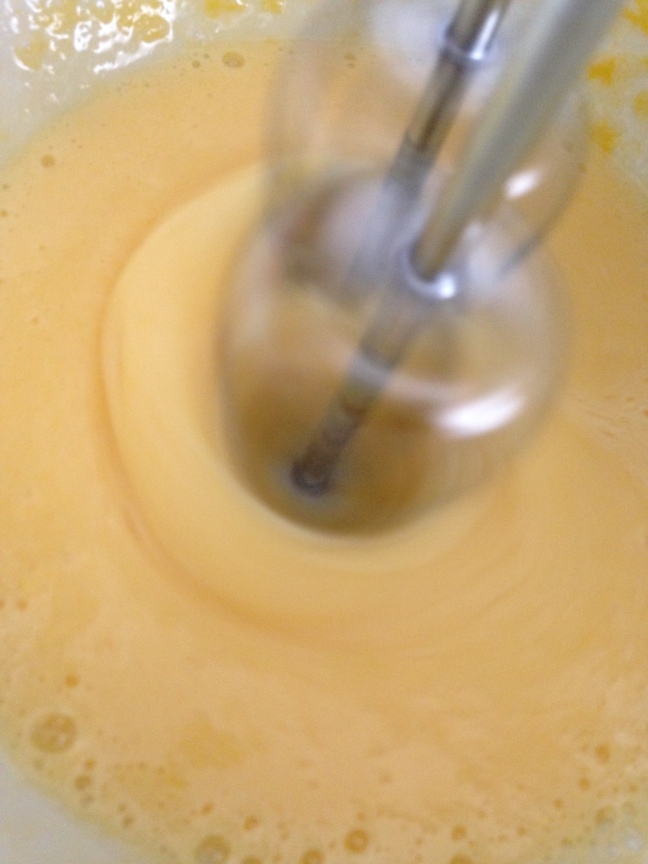
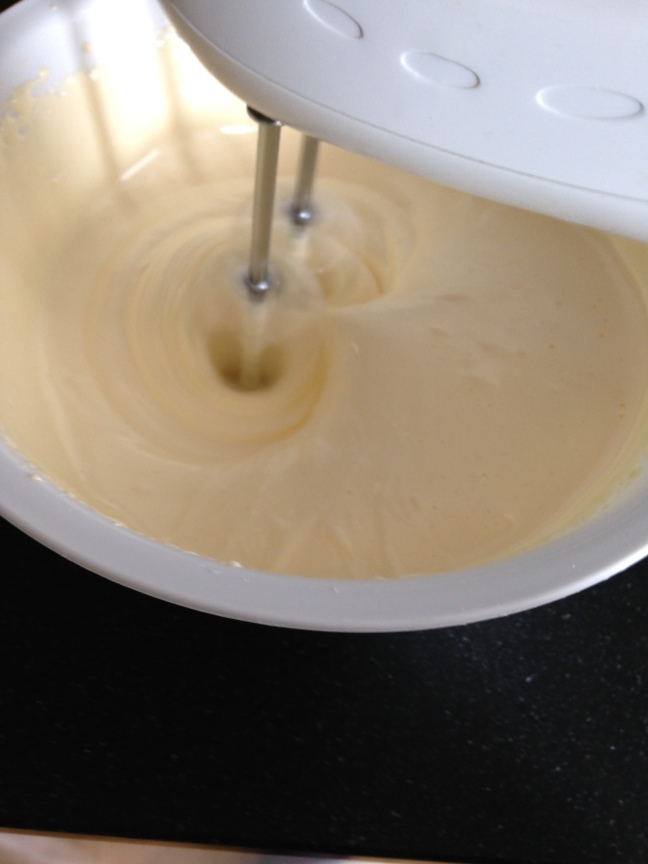 Once the eggs have been incorporated, add the flour and potato flour through a sieve, folding the flour in delicately by hand to add even more air into the mix.
Once the eggs have been incorporated, add the flour and potato flour through a sieve, folding the flour in delicately by hand to add even more air into the mix.
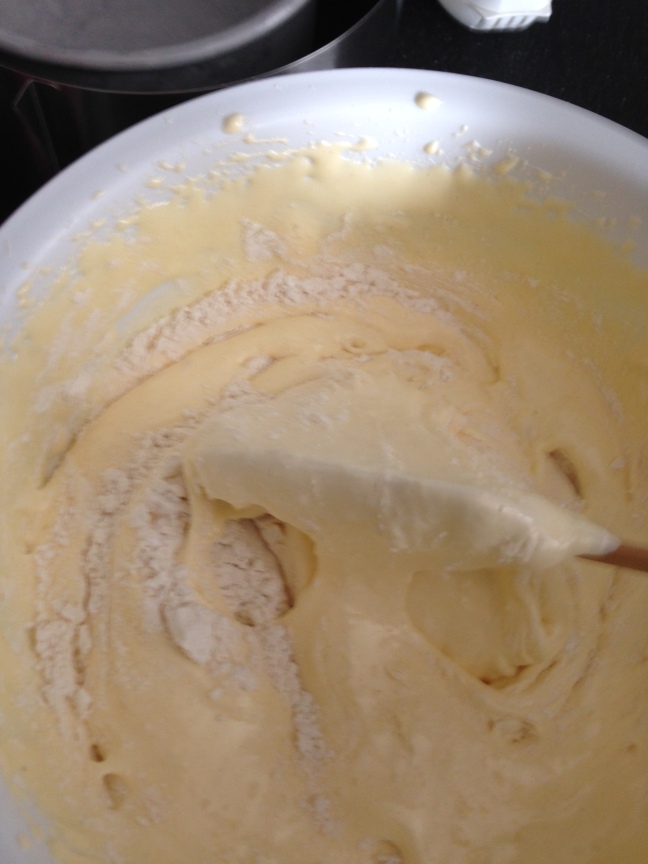
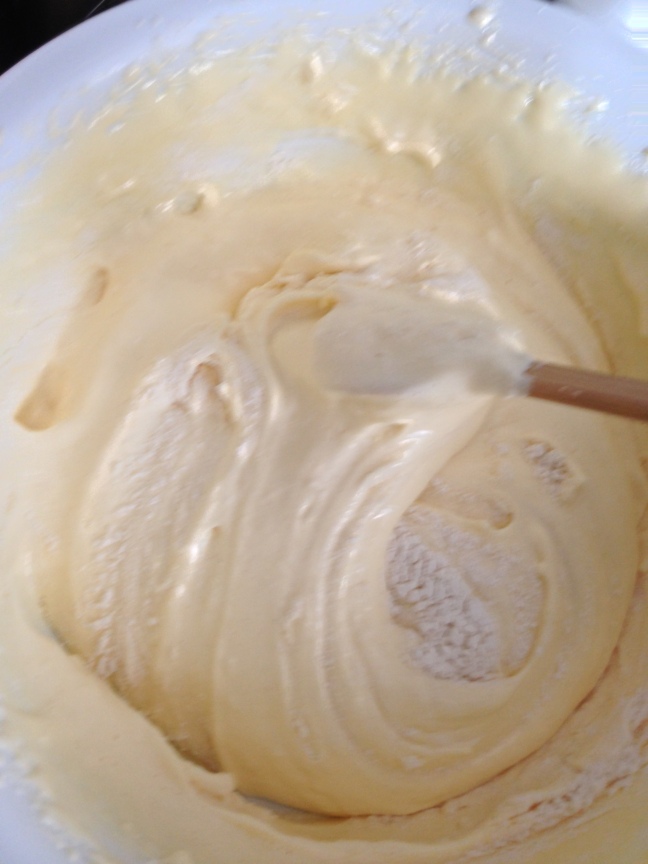 Butter and flour a round baking tin, add the cake mix and bake at 180°C for circa 30 minutes.
Butter and flour a round baking tin, add the cake mix and bake at 180°C for circa 30 minutes. 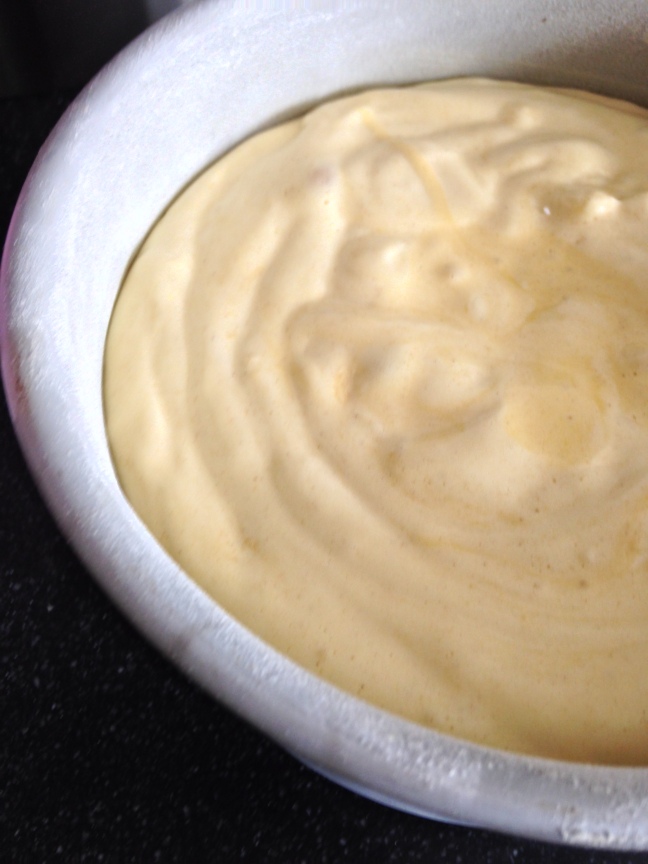
While the cake bakes, prepare the custard:
In a small pan mix the milk, double cream and vanilla flavour.
In another small pan mix the egg yolks and sugar.
Heat both pans up, stirring constantly, but do not boil.
Stir the egg and sugar mix with a wooden spoon. Then add the flour and stir it until smooth.
Now add the warm milk and cream into the egg-sugar-flour mix and stir at medium temperature until the custard starts to set.
Ensure the flour in the custard cooks. Once the custard starts to bubble, remove it from the heat and pour it into a flat pyrex ramekin.
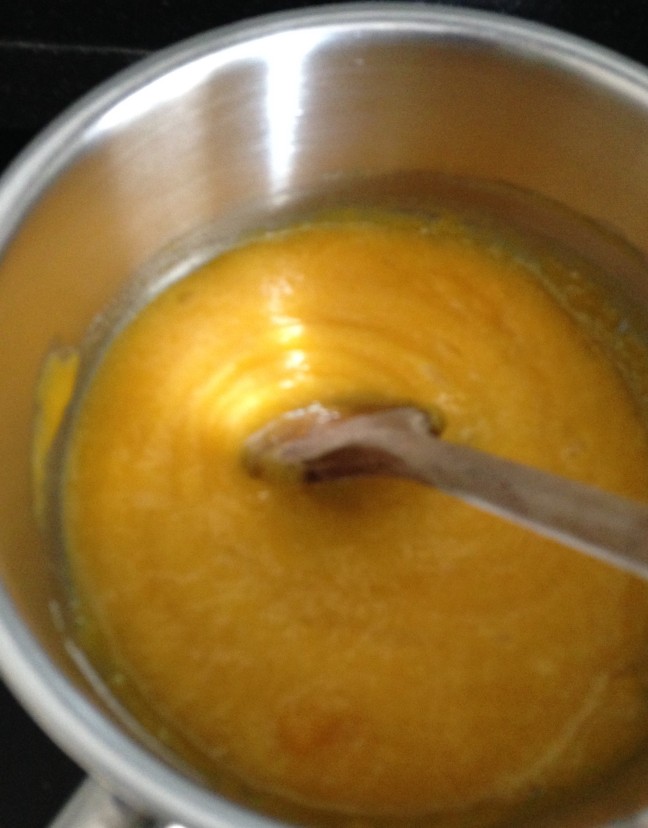 Cover the custard with cling film. The cling film needs to touch the custard. Then place it in the fridge to cool.
Cover the custard with cling film. The cling film needs to touch the custard. Then place it in the fridge to cool. 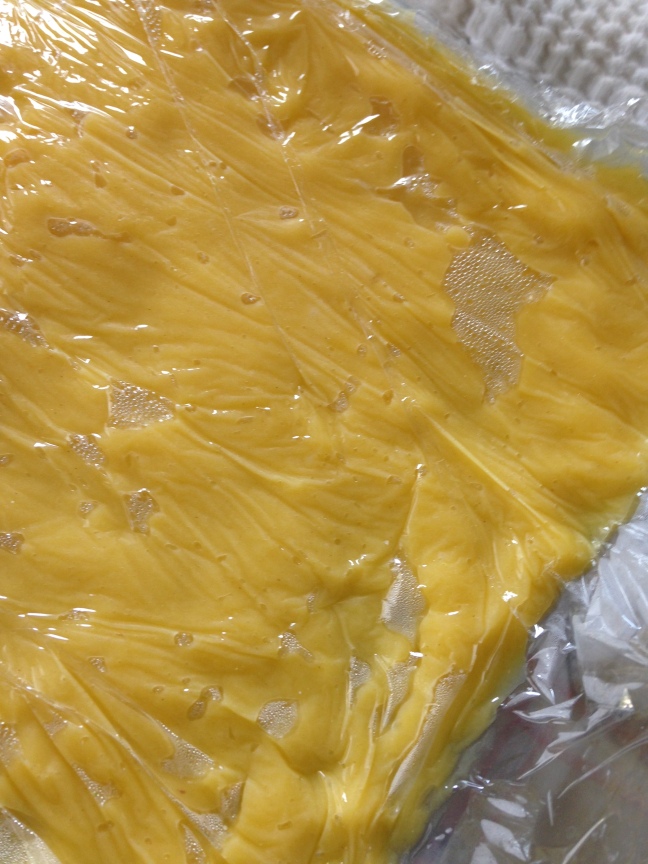
Prepare the dip:
In a small pan, mix the water, sugar and orange blossom water. Heat it up to let the sugar melt. Then put to one side to cool.
Assembling the cake:
When the cake base is baked through and a skewer comes out clean, remove it from the oven and let it cool on a flat surface , turning the cake base upside down.
Once the cake base has cooled completely, cut off the brown crust all around the cake to reveal the yellow cake. Now cut it into half.
Then with a long-bladed knife, cut one of these cake halfs carefully into three even layers. These will form the layers of the cake.
Cut the other half of the cake base into small cubes. These will be used to decorate the top and sides of the cake.
Whip the cream and caster sugar. Keep two table spoons of cream to one side
Place the first cake layer on a plate or cake stand.
With a table spoon drizzle a third of the dip onto the layer. Then spread some cream on top and then some custard.
Cover with another layer of cake. and repeat.
Then cover with the third cake layer.

Once you have assembled the three cake layers with the dip, cream and custard, cover the entire cake with custard and do the same with the sides of the cake.
Then cover the top and sides of the cake with the yellow cake cubes you have cut. The custard will act as ‘glue’.
Ensure the cake is covered with cubes from all sides, place in the fridge and voilà your mimosa cake is ready!
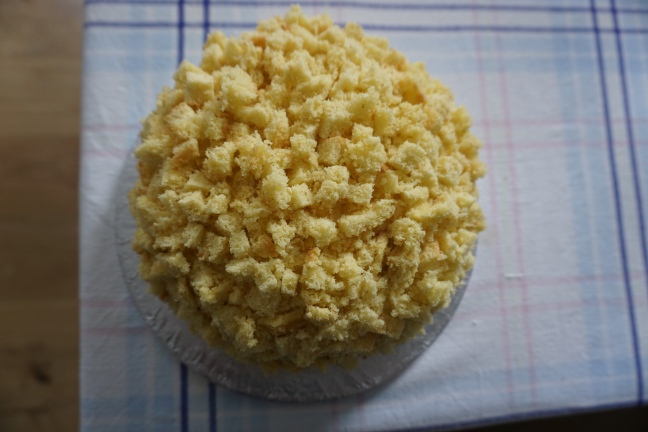

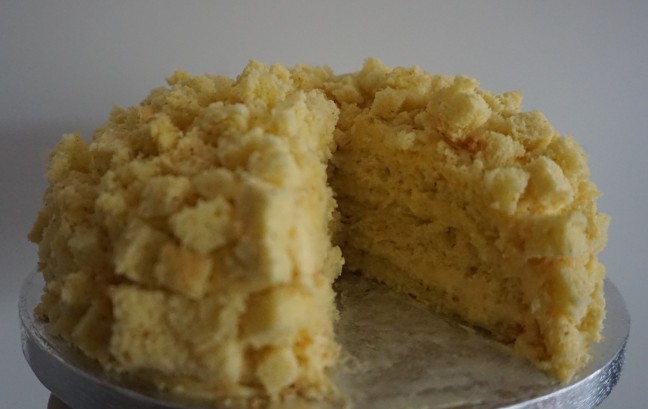

I hope you enjoyed. Happy Women’s day!

